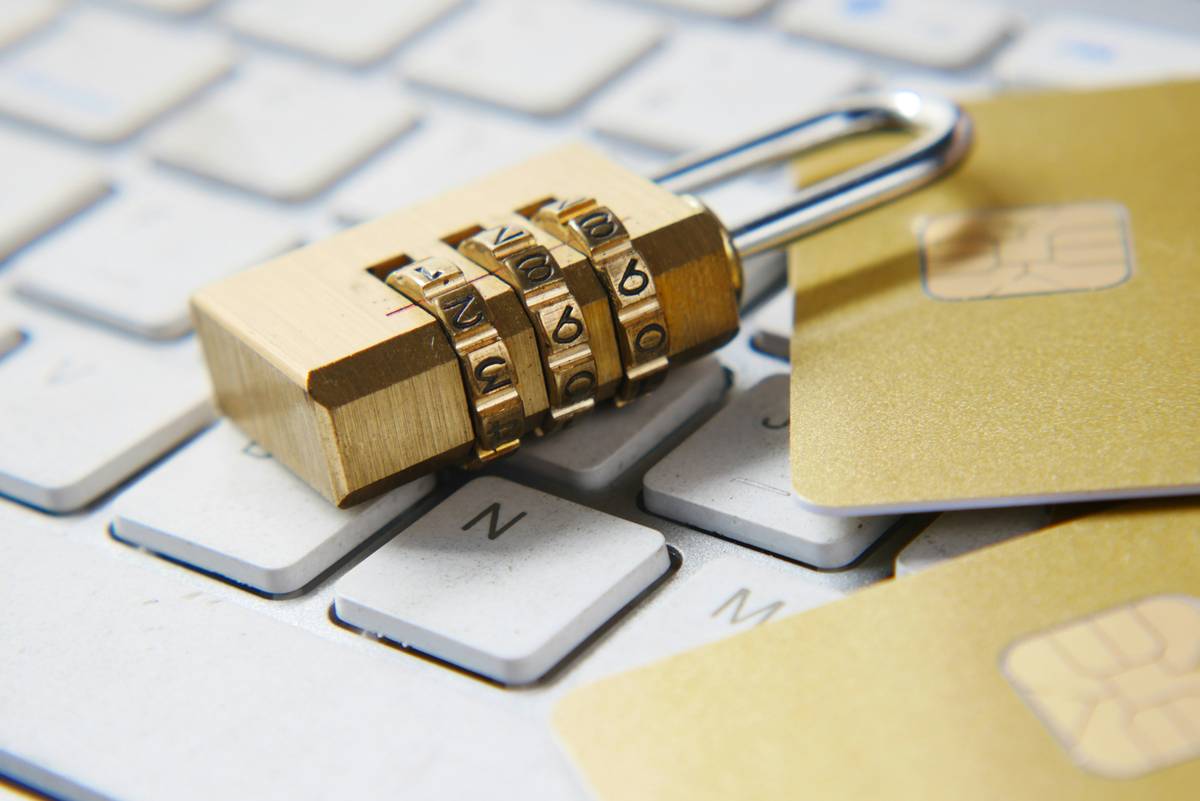Have you ever clicked on an email link and immediately regretted it? It’s like walking into a room, realizing you forgot why you’re there, and then noticing your wallet is missing. That’s how phishing emails work—they’re crafty, convincing, and designed to steal what matters most: your data.
In this post, we’ll dive deep into phishing email filters, uncovering how they protect us (and where they falter). You’ll learn:
- The anatomy of a phishing attack—and why humans are the weakest link.
- Step-by-step strategies for setting up robust email filtering systems.
- Insider tips from cybersecurity pros (plus one hilariously bad idea).
- Real-world examples that prove prevention beats panic every time.
Table of Contents
- Introduction
- Section 1: The Phishing Problem – Why Emails Are Still Dangerous
- Section 2: Building Better Phishing Email Filters Step by Step
- Section 3: Tips and Tricks for Maximum Security
- Section 4: Case Studies in Defense Against Phishing Attacks
- Section 5: FAQs on Phishing Email Filters
Key Takeaways
- Phishing attacks remain the #1 threat to organizations worldwide due to their deceptive nature.
- Email filters act as your first line of defense but require regular updates and fine-tuning.
- 90% of successful hacks start with a single phishing email, according to Verizon’s Data Breach Investigations Report.
- AI-powered tools are revolutionizing the way phishing email filters operate—but they aren’t foolproof.
Introduction
If there’s one thing all tech-savvy people know, it’s this: nobody reads emails anymore. Except hackers do. And guess who falls victim? Us—the overworked, underslept folks juggling 57 unread messages before breakfast.
This guide focuses on phishing email filters because they’re both brilliant and infuriatingly complex. Think of them as bouncers at a club—tough enough to keep out troublemakers but still flawed enough to let some slip through. Let’s explore how these digital gatekeepers work, why they fail sometimes, and how you can make yours impenetrable.
Section 1: The Phishing Problem – Why Emails Are Still Dangerous

You’d think phishing was old news, right? Wrong. Here’s the kicker: phishing emails accounted for 36% of data breaches last year alone. They’ve been around since the early 2000s, yet they continue to thrive because… well, they work.
A confession: I once accidentally opened a phishing email pretending to be my bank. The subject line? “Action Required: Update Your Account Info.” My mistake wasn’t clicking—it was assuming banks actually want to help me “update” anything. Spoiler alert: They don’t.
Phishing emails exploit human error. We skim, we assume, and we trust too easily. Hackers love this about us. But fear not—this is where phishing email filters come in hot, swooping in like a protective mom swatting cookies out of your hands.
Section 2: Building Better Phishing Email Filters Step by Step

Want to build a filter so sharp it could slice through spam faster than Gordon Ramsay critiques risotto? Follow these steps:
Step 1: Choose the Right Tools
Start with software that uses AI and machine learning. Popular options include Gmail’s built-in filters, Microsoft Defender for Office 365, and third-party solutions like Proofpoint.
Step 2: Configure SPF, DKIM, and DMARC Records
“Wait, what are those?” asks Normal You.
“Your best friends,” replies Tech-Savvy You.
These protocols verify sender authenticity. Without them, spoofed emails can sneak past even the smartest filters.
Step 3: Train Your Filters
Email filters learn over time. Manually mark suspicious emails as spam or phishing to teach your system what to avoid.
Section 3: Tips and Tricks for Maximum Security

- Use Multi-Layered Security: Combine email filters with endpoint protection and employee training programs.
- Stay Updated: Software patches and updates ensure your defenses stay ahead of evolving threats.
- Monitor Logs Regularly: Check activity logs to spot patterns or anomalies missed by automated systems.
One Terrible Tip You Should Ignore:
“Just delete any email that looks weird.” Yeah, no. This lazy approach ignores legitimate emails formatted poorly and leaves you vulnerable to well-disguised phishing attempts.
Section 4: Case Studies in Defense Against Phishing Attacks
Case Study 1: A Global Retailer’s Close Call
In 2022, a major retailer avoided disaster when its AI-driven phishing email filters flagged an unusual spike in emails from “vendors.” Employees were trained to double-check such requests, preventing a $1 million ransom demand.
Case Study 2: A Small Business Saves Big
A startup saved itself from a data breach after implementing DMARC records and educating staff about common phishing tactics. Their takeaway? Education + technology = unbeatable combo.
Section 5: FAQs on Phishing Email Filters
Q: Do phishing email filters catch everything?
Nope. Even the best filters miss cleverly crafted spear-phishing emails. Always combine filters with user vigilance.
Q: Can I use multiple filters together?
Absolutely! Layering different filtering methods increases your chances of blocking malicious emails.
Q: What’s the role of AI in phishing detection?
AI detects subtle signs of phishing attempts, such as mismatched URLs, suspicious language, and sender behavior anomalies.
Conclusion
At the end of the day, phishing email filters are our unsung heroes in the battle against cybercrime. While they won’t win every fight, they give us a fighting chance—and peace of mind knowing most dangers never reach our inboxes.
Remember, defenses only work if maintained. So go ahead, tweak those settings, update those records, and maybe pour yourself a coffee while you’re at it. Ugh, fine—but only if it’s black.
Random Haiku:
Spam bots lurk online,
Filter shields our fragile inbox—
Peace reigns, coffee flows.


